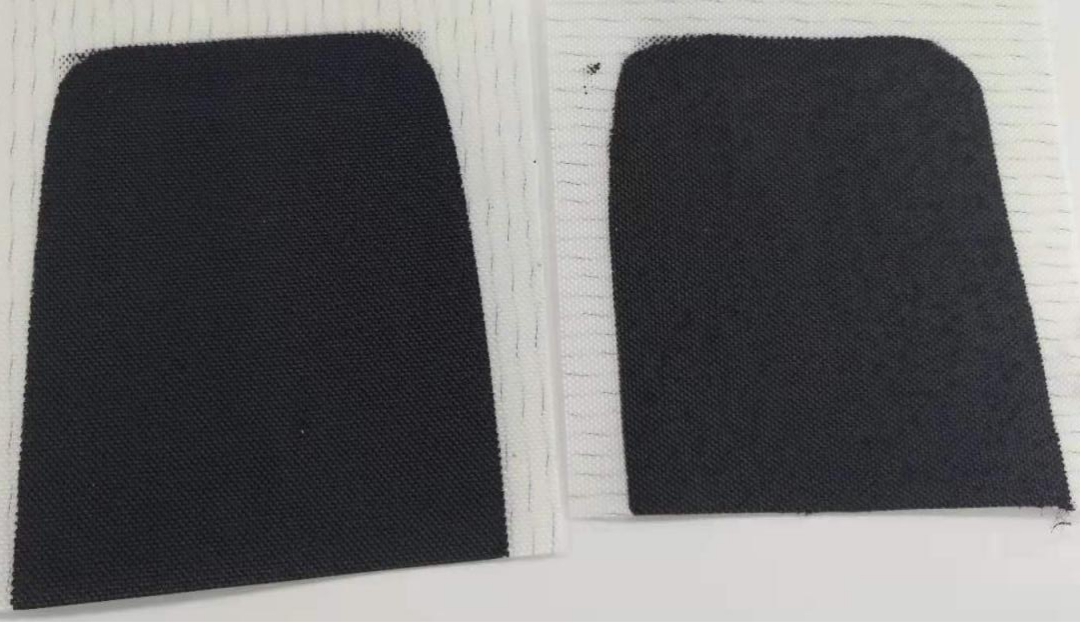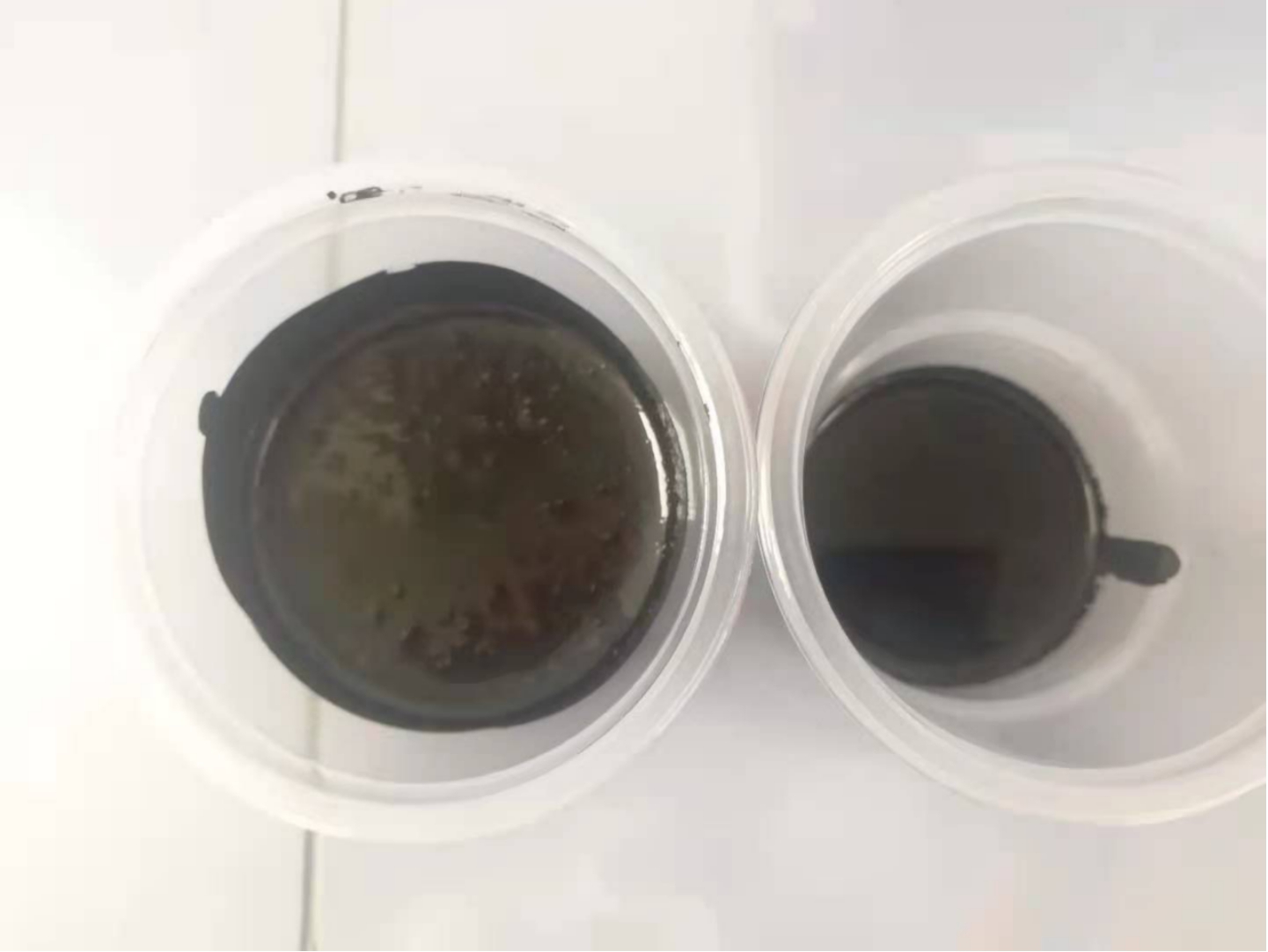CARMOT coating defoamer in high wear resistant conductive system
The difficulty of defoaming is a common problem in the process of coating R & D and production, which is a headache but must be overcome. Some people say that defoaming can be solved by adding a little defoamer. In fact, when you solve a foaming problem, you need to consider it in a balanced way.
The blistering problems you usually encounter may mainly include the following aspects:
· High viscosity liquid curing agent is difficult to defoaming in the production process, which often takes 1-2 days
· When the powder isocyanate curing agent is used to prepare water dispersions, it appears that everfount bubbles emerge from the liquid surface
· In the coating construction, due to the bubble caused by engineering quality problems
· "Prickly heat" of Waterborne Coatings
· A large number of bubbles are produced in the preparation of color paste
The main reasons for bubbles are as follows:
① Addition of surfactants
② For example, the wide molecular weight distribution, emulsifier and so on
③ The porous substrate adsorbs gas
④ Air bubbles are brought in by mechanical stirring during production
⑤ Carbon dioxide produced by two component polyurethane coatings
⑥ Air brought by mechanical equipment during construction
⑦ Gas adsorbed on the surface of pigments and fillers
There are three well-known defoaming theories
(1) Bubble breaking theory
Mainly for the water-based coating system, surface blister.
(2) Deaeration theory
Mainly for solvent based coating system, micro bubble becomes big bubble.
(3) Bubble theory
The Yang Laplace formula is also the theoretical basis for measuring the surface tension of liquid by the maximum bubble pressure method
P内=P外+2δ/r
According to the above formula, the inner pressure P of the bubble is always greater than the outer pressure P of the bubble δ/ R > 0. The smaller the foam is, the easier it is to discharge the internal gas, and the smaller the discharge, the more complete the dissolution. The bubbles collide with each other, the small bubbles exhaust to the large bubbles, the large bubbles coalesce into large bubbles, the buoyancy rises, and the gas escapes from the liquid surface.
The main reasons and solutions for the difficulty of defoaming water-based coatings are as follows:
With the addition of surfactant, the air bubble forms a stable distribution state, which destroys the production and construction. The addition of defoamer destroys the original bubble.
Chemical composition of mainstream defoamer:
Active particles ☛ silicone oil, silica, wax, metal soap, higher fatty alcohol, etc
Carrier ☛ mineral oil, white oil, vegetable oil, water, polyether polyol, other solvents (hydrocarbon, oxygen)
Emulsifier ☛ non ionic low foam type, improve wettability, dispersibility and compatibility
Other additives ☛ bactericide, rheological agent, dispersant, etc
Reference method for laboratory defoamer evaluation:
1. Detection of defoaming
Weigh 200g resin, add defoamer according to the formula, and use φ Stir 5cm disk at 2000rpm for 1min, immediately pour 50g mixed liquid into 100ml glass cylinder, and observe the liquid level scale in glass cylinder. The lower the reading, the more effective the defoamer is.
2. Testing constructability
The PET film was fixed on the coating rack, 100g resin was weighed, defoamer was added according to the formula, and φ The 5cm disk was stirred at 2000rpm for 1min, and immediately evenly coated on the PET film. After drying, the surface shrinkage, leveling and haze were observed with naked eyes. The porosity was tested by fineness plate.
3. Check storage stability
The remaining liquid was stored in the oven at 50 ℃ for 2 weeks. The defoaming property was tested again and compared with the initial defoaming property.
The application of defoamer coating is described with the case of high wear-resistant conductive coating:
I. Experimental background
With polyester fiber braid as the base material, coating characteristic coating gives high wear resistance and high conductivity.
II. Experimental method
In the process of preparation, the coating coated by scraper has bubbles which are difficult to eliminate, so we try to use defoamer to improve the bubble defects on the coating surface.
III experimental equipment
Electronic scale; Multifunctional integrated mixer; Scraper fineness meter; Wire rod; Stroke wiping instrument; Resistance meter
IV experimental operation
| Serial number | Raw material | Quantity wt% | Model |
| 1 | Deionized water | 23.7 | |
| 2 | dispersant | 1.0 | CARMOT DIS-2130 |
| 3 | Defoamer | 0.3 | CARMOT F-8936 |
| 4 | Conductive carbon black powder | 3 | TX-1025 |
| 5 | Wetting agent | 0.3 | CARMOT UL-352 |
| 6 | PUD Dispersion | 70 | PUD1011 |
| 7 | Defoamer | 0.5 | CARMOT F-8982 |
| 8 | Neutralizer | 0.2 | AMP-95 |
| 9 | Associative thickener | 1.0 | TH2650 |
| Total | 100 |
According to the set detection formula, prepare the required raw materials, add the raw materials according to the serial number, stir evenly, set the mixer speed between 500-1200rpm, baking temperature between 130-150 ℃, baking time 2-3min, bar 5-10min μ After drying, the resistance, wear resistance, viscosity, fineness, permeability and other parameters were tested.
V data recording
| resistance /Ω | Wear resistance / times | viscosityη/cps | fineness /μm | Permeability |
| 1000 | 50 | 1000 | 100 | uniformity |
Ⅶ analysis of experimental results
Polyester substrate was coated with defoamer carmot f-8982 and f8936 to obtain uniform non foaming coating. The substrate surface of defoamer a was uneven. The combination of defoamers can effectively prevent surface shrinkage and promote uniform coating, which is more efficient than single defoamer。

Left:Defoamer combination F8936+F8982 Right:Defoamer A
The results showed that the defoamer f8936 + f8982 had good defoaming effect on the conductive coating solution, and defoamer a had relatively poor defoaming effect on the conductive coating solution.

Left:Defoamer A Right:Defoamer combination